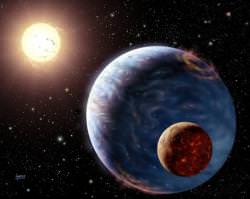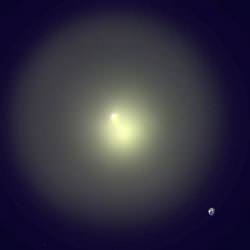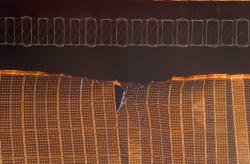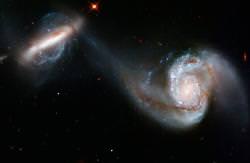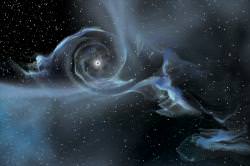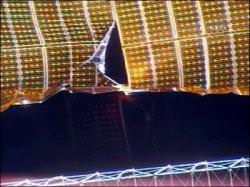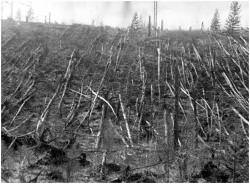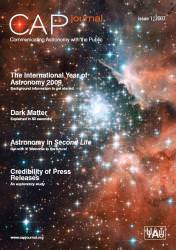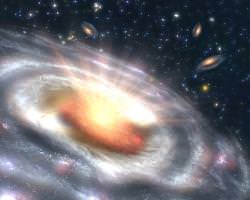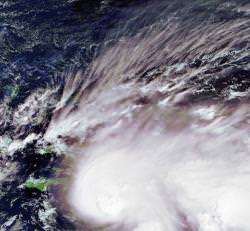You know the science of planet hunting is getting mainstream when there’s very little fanfare for the discovery of 3 new extrasolar planets with the size of Jupiter. 3 new planets people! They’re named WASP-3, WASP-4, WASP-5, and were discovered by a European team of astronomers using observatories in South Africa and the Canary Islands.
The new planets were discovered using the SuperWASP instruments. These are high speed cameras affixed to two telescopes: SuperWASP-North at Roque de los Muchachos Observatory on the island of La Palma in the Canaries and SuperWASP-South at the South African Astronomical Observatory, South Africa. Both instruments are equipped with a detailed CCD camera array capable of monitoring up to 400,000 stars every minute.
They’re watching to see if any of those stars vary in brightness. If a star does get brighter and dimmer over a regular period, the astronomers can then determine if a planet is passing in front – an event known as a transit (or eclipse). Just by measuring the dimming, astronomers can then determine the size of the planet, and even some of its chemical constituents.
With this latest discovery, the three new planets all contain roughly the mass of Jupiter, but orbit much closer into their parent stars. They complete an orbit every 2 two days.
According to one of the discoverers, Dr Don Pollacco of Queen’s Astrophysics Research Centre, “these are among the shortest orbital periods yet discovered. Being so close to their star, the surface temperatures of the planets will be more than 2000 C, so it is unlikely that life as we know it could survive there. However, the finding of Jupiter-mass planets around other stars supports the idea that there are also many Earth-sized planets waiting to be discovered as the technology employed by astronomers improves.â€?
Even a relatively tiny planet the size of the Earth should visibly dim the light from a star as it passes in front. This is an exciting technique that should just get better and better over time.
Original Source: University of St. Andrews News Release

